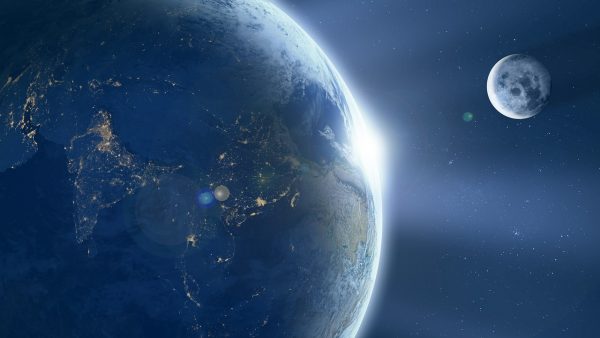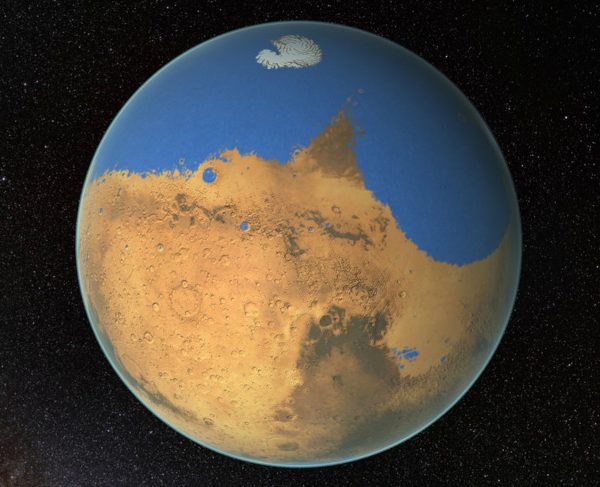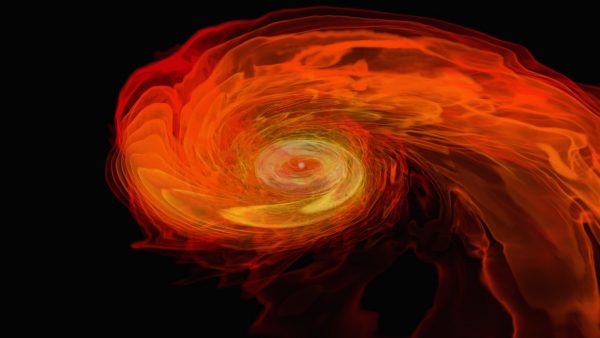SPACE: Why Is the Universe Moving Too Fast?
The universe is moving too fast and nobody knows why. Back in the early years of the universe, right after the Big Bang, everything blasted away from everything else. We can still see the light from that blast, by observing very faraway parts of the universe where light takes billions of years to reach our telescopes. And we can measure how fast things were moving in those faraway spotsBased on that speed, we can calculate how fast the universe should be expanding today. But when astronomers have tried to directly measure how fast the universe is expanding today — a … Read more












